
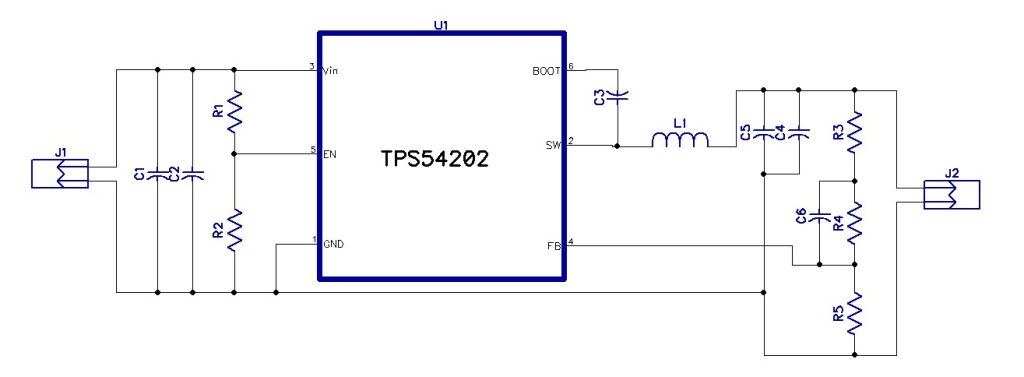
The circuit shown here is a step down converter which can convert an input voltage varying from 8V to 28V to 5V. The circuit is based on TPS54202, which is a 2A synchronous buck converter. This IC has several features such as over-voltage protection and peak current mode control.
Features
- Input(V): 8V DC to 28V DC
- Output(V): 5V DC
- Output load: 2A
- PCB:25mmX15mm
Parts List
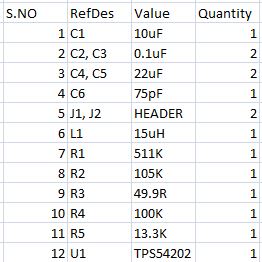
Drill Chart
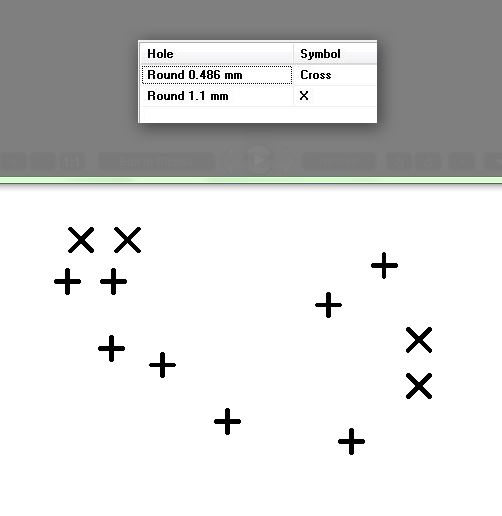

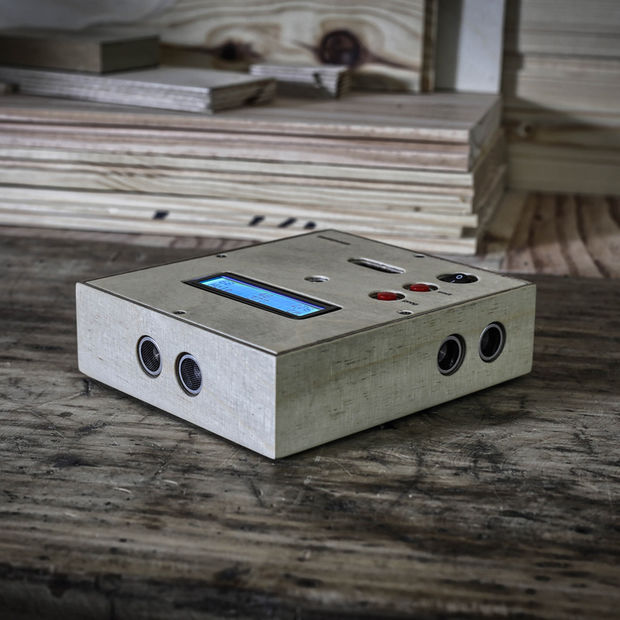
Paoson Woodwork @ instructables.com has build an Arduino Based Distance meter using SR-04 Ultrasonic sensors and an LCD display:
This a project I’ve been working for some time now. It is a device that shows in a little LCD display the distance to the nearest object it can find, usually the floor, the ceilling and two walls or columns. So it can be so helpful to hang a picture, a shell, a light point, calculate the area of the entire wall, etc.
The sr04 has a 3mm resolution, so I am only using it in entire centimeters. You can also change it to inches pressing a button but then the resolution is even worse. I am trying to figure out how to get a better resolution, I know it is possible. Needless to say any help will be appreciated.
Arduino Distance Meter – [Link]

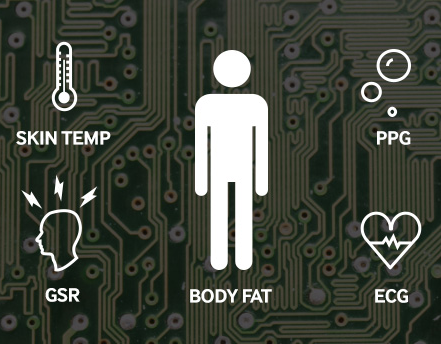
by Denis Meyer @ elektormagazine.com writes about the new Samsung bio-processor:
Samsung Electronics Co. announced recently the production in quantity of their versatile biometric IC with which the Korean giant is responding to the new trend towards quantifiable health. The Bio‑Processor was conceived to enable rapid development of innovative portable systems for the daily monitoring of the health of users. Samsung says it is the first all in one IC solution for the health market. Apart from the Microcontroller itself, the power control circuit (PMIC), the digital signal processor (DSP) and the flash memory, no less than 5 analog front ends (AFE) are integrated on chip: a bioelectrical impedance sensor (BIA), a photoplethysmography (PPG) (a technique for non-invasive vascular function analysis), an electrocardiograph (ECG), a skin temperature sensor and a Galvanic Skin Response (skin conductance) sensor (GSR).
Samsung presents a bio-processor that wishes you well – [Link]

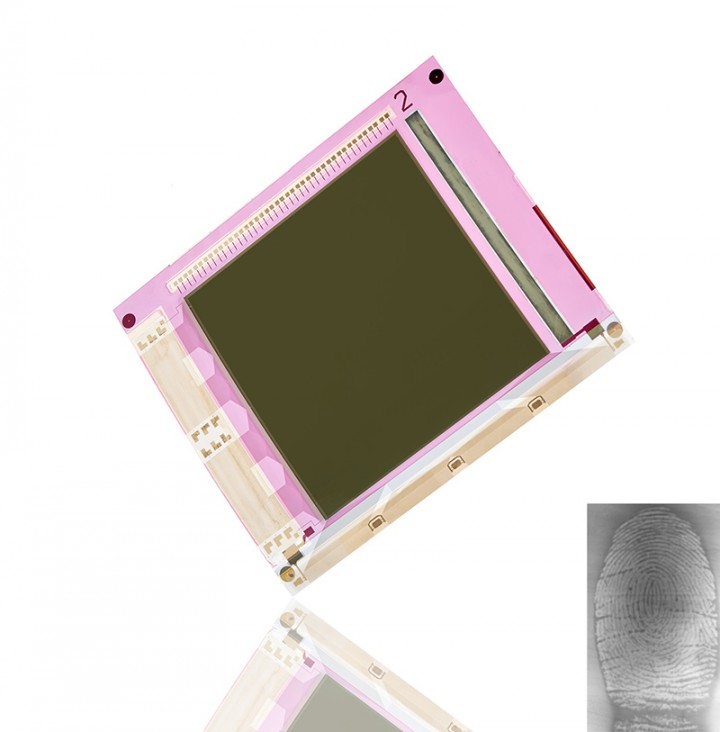
FlexEnable, the leader in the development and industrialisation of flexible organic electronics, and ISORG, the pioneer in organic photodetectors and large area image sensors in printed electronics, have revealed the world’s first large area flexible fingerprint sensor on plastic designed for biometric applications. With an 8.6 cm x 8.6 cm active area, 84µm pitch (78µm pixel size with 6µm spacing) and 1024 x 1024 = 1048576 pixel resolution, this revolutionary flexible sensor is only 0.3 mm thick and can operate in visible and near infra-red up to wavelengths of 900 nm. The technology is capable of measuring not only the fingerprint, but also the configuration of veins in the fingers, providing additional security versus that of a surface fingerprint alone.
Plastic fingerprint sensor also detects underlining veins – [Link]

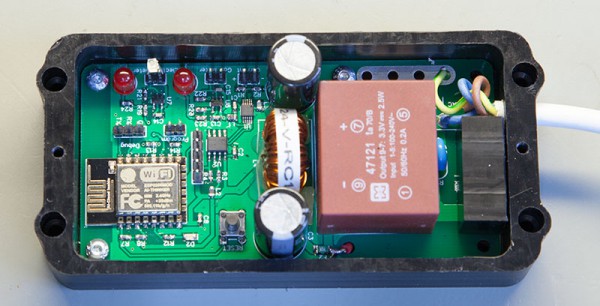
Brian Dorey has designed a mains energy monitor based on ESP8266 that have sensors for the mains current, electric meter and gas meter.
As the new solar logger did not have this functionality we decided to design a new data-logger that would measure not only the mains current usage but also keep track of the electric meter and gas meter so we can easily see how much energy we are using in the house.
The new mains energy monitor was designed to be a standalone box that would be powered from the mains and have sensors for the mains current, electric meter and gas meter. As we didn’t want to run any more wires around the house we also decided to make it wireless connecting to our network over Wi-Fi.
ESP8266 mains energy monitor – [Link]
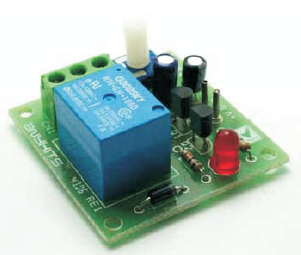
Power-ON Delay Switch which can be used in all applications requiring a delay during power-on from 1 to 60 seconds.
Specifications
- Supply input 5 VDC
- Relay output SPDT relay
- Relay specification 5 A @ 250 VAC
- Preset adjustable range function
- Power-On LED indicator
- Screw terminal connector for easy relay output connection
- Four mounting holes of 3.2 mm each
- PCB dimensions 44 mm x 42 mm
Power ON Delay Switch – [Link]


Power-ON Delay Switch which can be used in all applications requiring a delay during power-on from 1 to 60 seconds.
Specifications
- Supply input 5 VDC
- Relay output SPDT relay
- Relay specification 5 A @ 250 VAC
- Preset adjustable range function
- Power-On LED indicator
- Screw terminal connector for easy relay output connection
- Four mounting holes of 3.2 mm each
- PCB dimensions 44 mm x 42 mm
Schematic
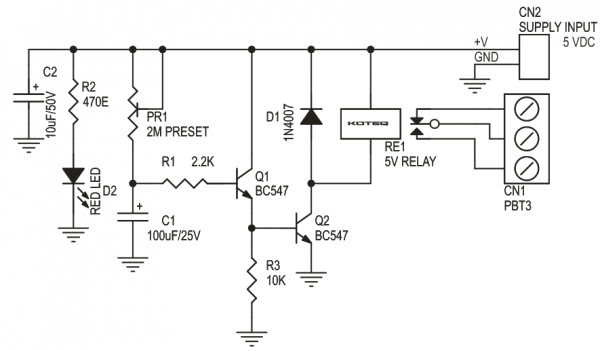
Parts List
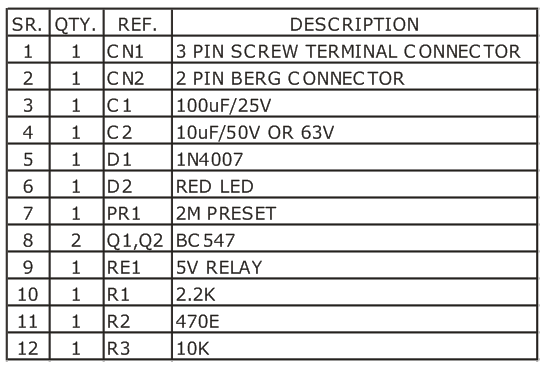
BC547 Datasheet

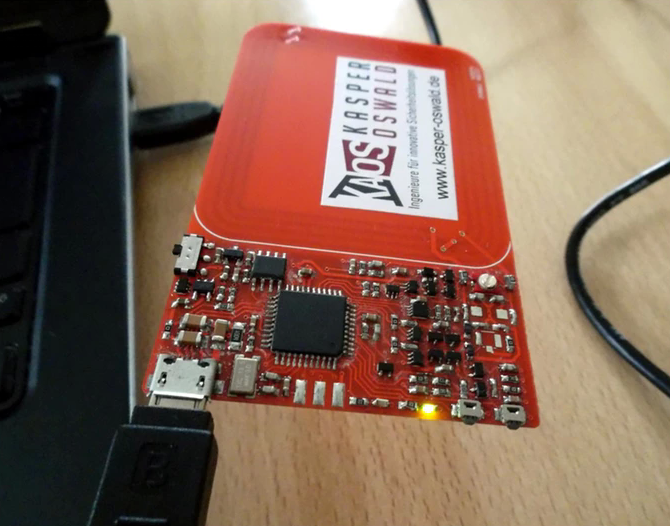
ChameleonMini is a programmable tool for NFC Cards analysis and emulation. It helps you to emulate and clone contactless cards, read RFID tags and sniff RF data.
The credit-card shaped ChameleonMini is a versatile tool for practical NFC and RFID security analysis, compliance and penetration tests, and various end-user applications. The freely programmable platform can create perfect clones of various existing commercial smartcards, including cryptographic functions and the Unique Identifier (UID).
ChameleonMini – A Versatile NFC Card Emulator – [Link]

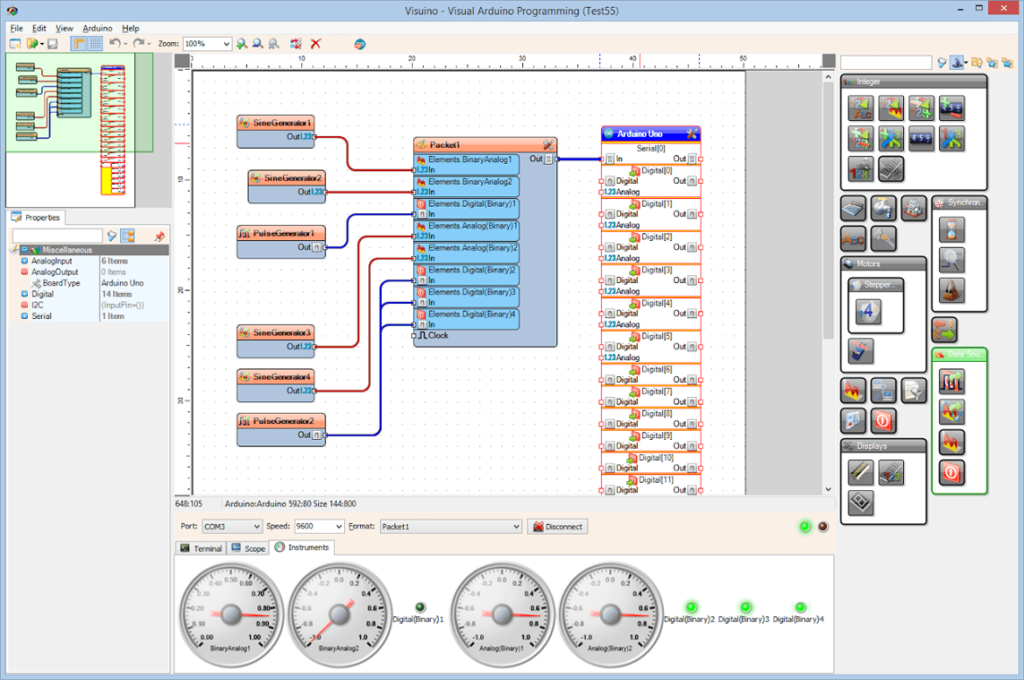
Visuino is the latest software developed by Mitov Software which allows you to program your Arduino boards using a graphical interface. So far only the official boards are supported but more will come. Using Visuino you can easily create complex programs using drag and drop interface without the need to become expert in programming. Check it out on the link below.
Visuino – visual programming environment for Arduino – [Link]


Joonas Pihlajamaa wanted to connect his keyboard to his Macbook and for that reason he build a MIDI to USB interface using Teensy board, an optocoupler and some resistors.
Thankfully, I had a MIDI connector and a high-speed optocoupler at hand, and with these I could implement a MIDI in rather easily. After some investigation with Arduino Uno, it seemed quite simple to receive the serial MIDI bytes and dump them over Arduino serial
MIDI to USB Adapter with Teensy – [Link]






















